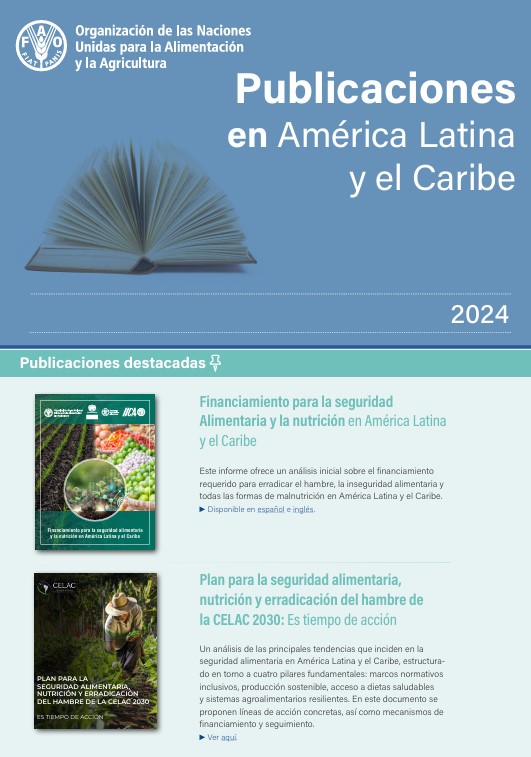Publications
-boat-repair-in-the-tropics.png?sfvrsn=f0306b34_2)
Fibreglass-reinforced plastic (FRP) boat repair in the tropics
18/04/2023
This practical guide by FAO helps tropical fishers with simple repairs of fibreglass-reinforced plastic (FRP) boats. Timely maintenance ensures longer boat lifespan and enhances fisher safety. Most FRP boats experience minor damage that can be easily repaired. The guide provides advice on damage recognition, necessary materials and tools, repair techniques, step-by-step instructions, and prevention of boat damage.
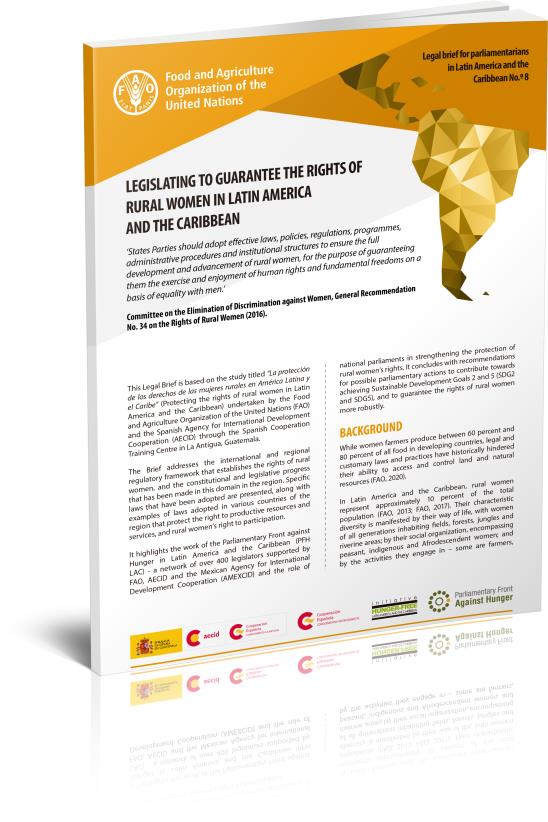
Legislating to guarantee the rights of rural women in Latin America and the Caribbean
27/02/2023
This legal note is based on the publication "The protection of the rights of rural women in Latin America and the Caribbean", produced by the Food and Agriculture Organization of the United Nations (FAO) and the Spanish Agency for Cooperation International for Development (AECID) through the Spanish Cooperation Training Center in La Antigua Guatemala.
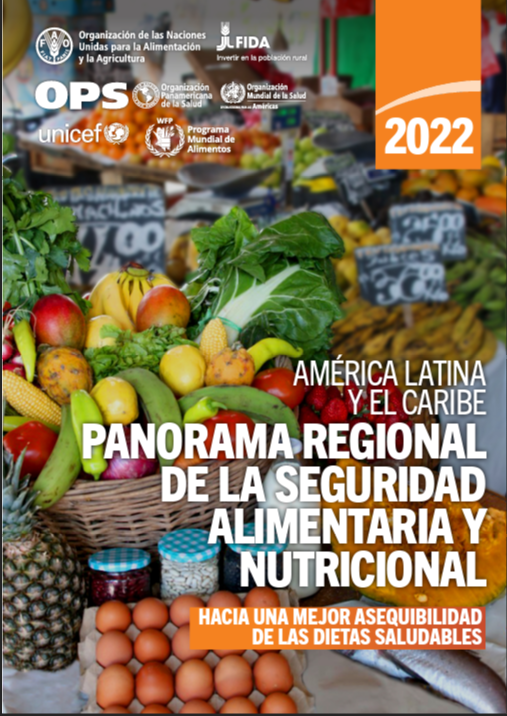
Regional Overview of Food Security and Nutrition – Latin America and the Caribbean 2022
18/01/2023
Regional Overview present the regional food security and nutrition situation, including trends of undernourishment, food insecurity and all forms of malnutrition, together with other indicators that could help the understanding of the causes of hunger and malnutrition.
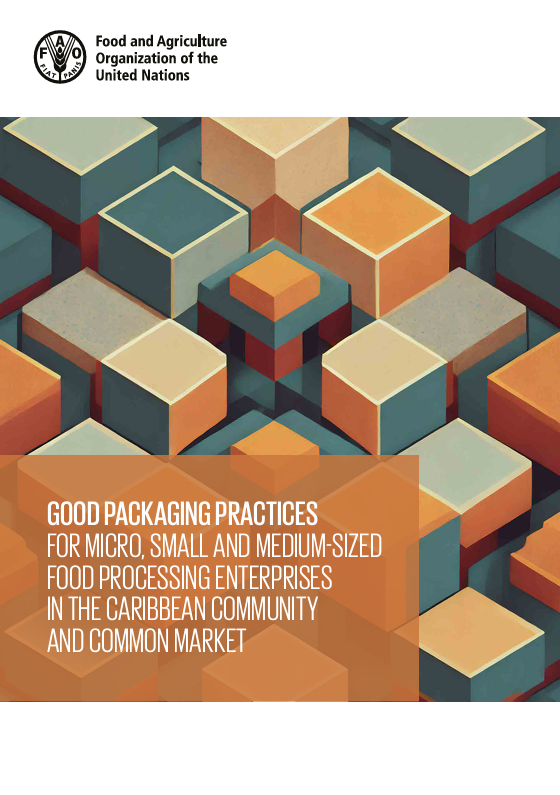
Good packaging practices for micro, small and medium-sized food processing enterprises in the Caribbean Community and Common Market
01/01/2023
Micro, small and medium-sized enterprises (MSMEs) continue to serve as a major source of employment and income generation in the agriculture and tourism sectors in countries of the Caribbean Community and Common Market (CARICOM).
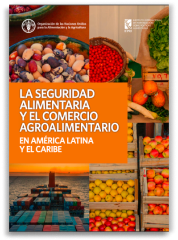
La seguridad alimentaria y el comercio agroalimentario en América Latina y el Caribe
01/01/2023
La región de América Latina y el Caribe (ALC) es un importante actor en la producción y el comercio agroalimentario, y es la principal región exportadora neta del mundo de estos productos.
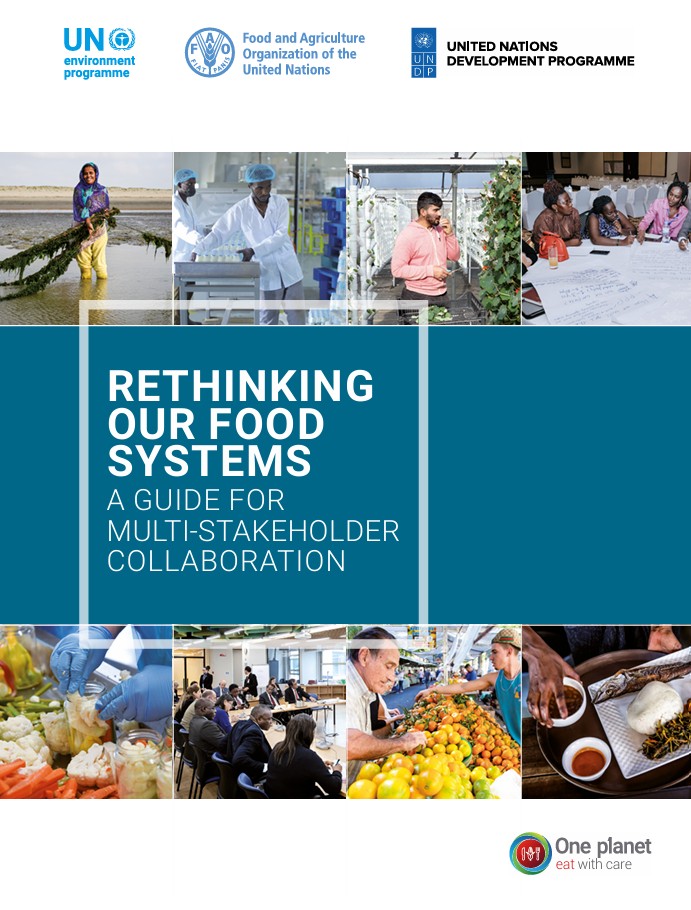
Rethinking our food systems: A guide for multi-stakeholder collaboration
01/01/2023
Multi-stakeholder collaboration is an important process that can serve as a tool and strategy to solve complex issues and problems such as transforming national food systems towards more sustainable outcomes.
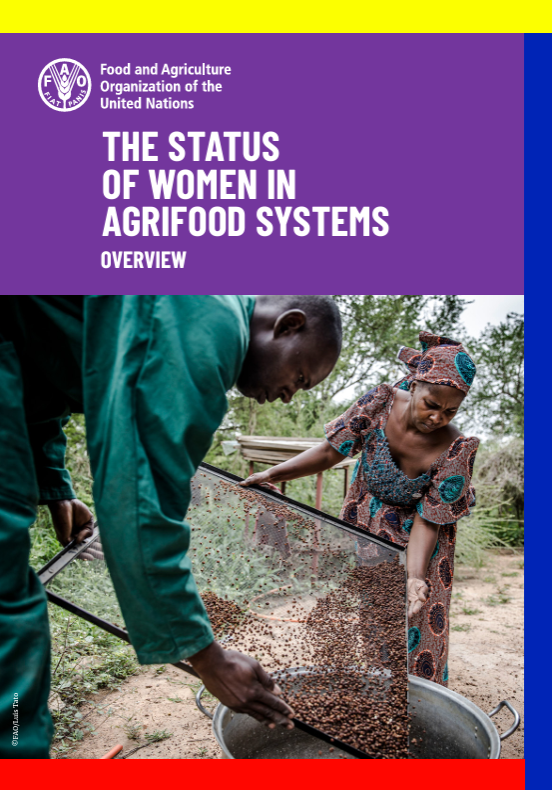
The status of women in agrifood systems
01/01/2023
The Status of Women in Agrifood Systems report provides the latest data, lessons learned and recommendations for policy and decision makers about gender in agrifood systems. It reviews and analyzes women’s opportunities and constraints in economic and social processes, while taking stock and assessing progress made in closing a series of gender gaps.

